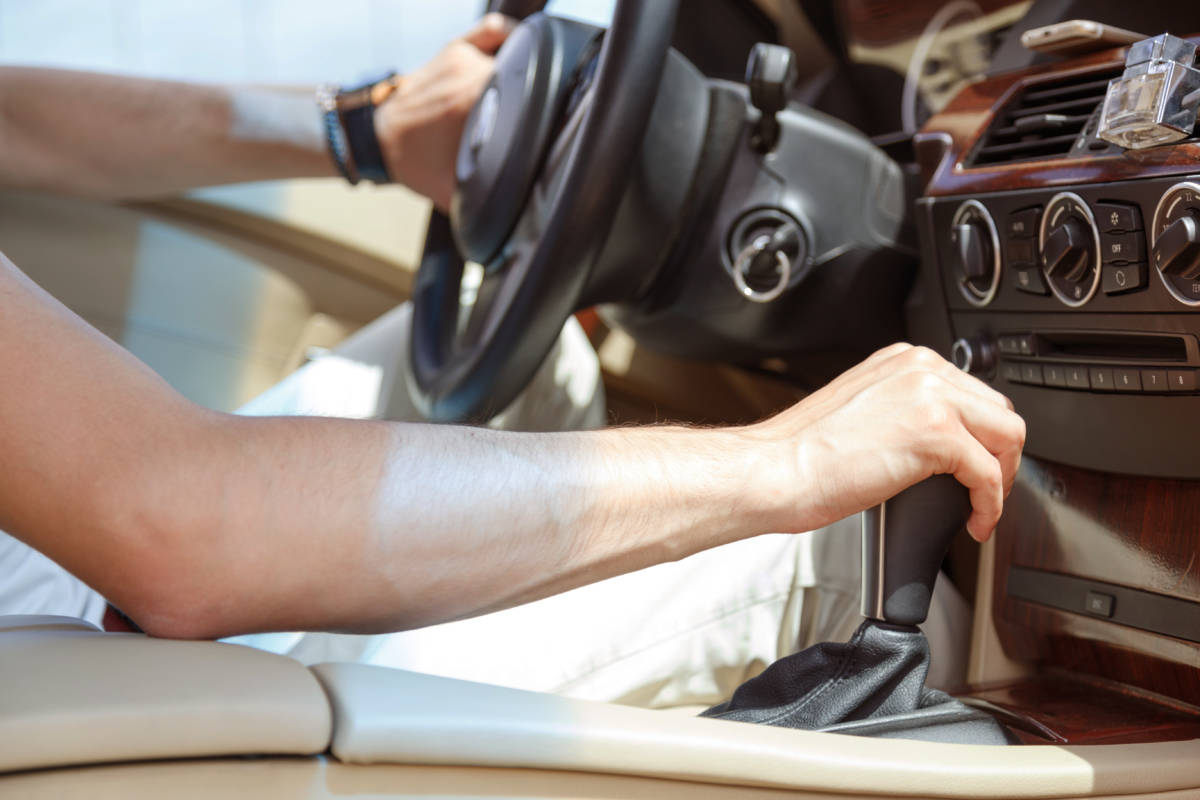Manual transmission – a manual gearbox (in everyday life “mechanics”) is a type of gearbox and allows you to be stepwise change the gear ratio (ratio). In contrast, the driver himself manually performs the selection and switching on / off of the gear.
The unit got its name because its design does not contain any electrical or hydraulic devices that are necessarily present in an automatic or manual transmission.
In simple words, a manual transmission allows the driver to independently choose the required stage from the available ones (with one or another gear ratio), depending on the operating mode of the internal combustion engine, load, road conditions, etc.
Features of the operation of a stepped gearbox

To begin with, this type of gearbox is the simplest and cheapest solution to produce a variable transmission ratio. Also, the mechanical box is easy to repair and reliable enough. The stepped manual transmission itself is a gear reducer in which the gear ratio changes due to the selection of a pair of gears with different gear ratios that transmit torque.
It would seem, given the purpose and general principle of the gearbox operation, the more gears the gearbox has, the easier it is to choose the most efficient operating mode of the entire transmission, depending on certain conditions. Also, fuel consumption will depend on the optimally selected gear. However, in reality, in the case of manual transmission, there are certain difficulties.
As a rule, there are low, intermediate and high gears in a stepped box. There are often two lower gears, and a pair of gears in such gears has the largest gear ratios. These gears are needed to move away and quickly accelerate the car.
Also, the presence of low gears allows you to move at low speed under loads, on snow, washed out dirt roads, etc. Even if the revs are high in low gear, the driving speed will not increase significantly, but maximum power and torque will be transmitted to the wheels.
You should bear in mind that driving in this mode will not allow the car to accelerate to high speed, quickly wears out the engine and leads to a significant increase in fuel consumption, as well as wheels at high speeds may lose their grip, that is, the car starts to slip.
For this reason, after the car has started moving, you need to change to a higher (intermediate) gear. In such gear, the speed of the internal combustion engine decreases, the fuel consumption decreases. However, the thrust and throttle response of the engine also deteriorate since the engine takes more time to reach high speeds.
As for the higher gears, in this case, the pairs of gears with the smallest gear ratio are involved. Such transmissions are needed to move at a constant high speed. The power unit in this mode operates at medium and high speeds, which allows the motor to deliver the maximum power necessary to overcome the resistance that creates the oncoming airflow, etc.
In other words, it is the power of the internal combustion engine that makes it possible to resist the influence of those factors that affect the car after gaining a high speed, which, as a result, makes it possible to accelerate the car to maximum speeds.
We add that, depending on how dense the gear row is, the less noticeable the decrease in engine speed will be after changing the gear one step higher. In simple words, the more gears in the gearbox, the more actively and smoothly the car accelerates.
Advantages and disadvantages of manual transmission
Given the above, it becomes clear that the main advantage of a manual transmission is the ability to independently select the required gear, which gives full control over the car. You cannot say about automatic transmissions, variators or robotic gearboxes.
However, this is also the disadvantage of this type of gearbox, since driving a car with “mechanics” makes it difficult to control the vehicle and requires certain skills and abilities. It turns out that the main disadvantage of a manual transmission is that the load on the driver himself increases.
Changes in road conditions also require constant gear shifting up or down. As a result, driving a vehicle becomes more difficult, and the driver gets tired faster.
In parallel with this, comfort is reduced for the driver and passengers (if the driver does not know how to use a manual transmission). Also, the lack of basic skills in driving a car with a manual transmission often causes increased fuel consumption, rapid wear of the internal combustion engine and transmission elements. In some cases, the inability to drive “mechanics” becomes the cause of various accidents.
« Back to Glossary Index